Home »
Misc »
How to defend a screen in basketball
How to defend a screen in basketball
Time-tested rules for defending screens
December 22, 2009 • Defense • Features • From the Bench • Winning Hoops
Most motion offenses today include a variety of picks (screens) to free the ball or players to the basket. These screens include on-the-ball screens, backscreens, cross-screens and downscreens.
The following are effective rules that you can instruct your players to follow for defending a variety of screens.
Rules for screensRULE 1:Defending the ball handler during on-the-ball screens. If you are defending an opponent who has the ball and you are picked, try to fight over the top of the screen. Try not to get picked so that you can easily switch. Feel and “see” with your hands, and anticipate or sense the picks coming. Listen for verbal warnings from your teammates.
RULE 2: Fighting through screens. When you get picked, try to get a foot and ankle in the gap, then a leg and hip, and finally the rest of your body over the top of the pick by arching your back and squeezing through.![]() Once you’re through the screen, play tough defense. Keep your hands up to prevent the shot, or pass over the top to the individual who is rolling or releasing to the basket.
Once you’re through the screen, play tough defense. Keep your hands up to prevent the shot, or pass over the top to the individual who is rolling or releasing to the basket.
RULE 3: Defending the screener during on-the-ball screens. If you’re defending the screener on the ball, stack your feet in line with the screener’s feet until the dribbler approaches (see Diagram 1).
As the dribbler approaches, move out so that your inside foot is directly to the side of the screener’s outside foot with your inside hand on the screener’s outside hip. Once this position is established, jump out in the path of the dribbler to:
- Draw a charging foul or another turnover.
- Force the ball handler to pick up the dribble.
- Make the dribbler bow out away from the basket and screener. This defensive technique is called “hedging.”
DIAGRAM 1: Hedging. This diagram shows defenders how to position their feet while hedging.
RULE 4: Effectively switching on screens. The defensive player who is guarding the screener should yell “screen!” And if he or she sees that the teammate can’t get through the screen, he or she should yell “switch!” Both defenders should switch without question or hesitation.
RULE 5: Defending the pick-and-roll. If there’s no switch, the defensive player who’s defending the roller should treat the pick-and-roll player as a backdoor cutter. That is, the defender should face him or her as he or she rolls until that player cuts through the free-throw lane. At that point, the defender opens up to the ball.
DIAGRAM 2: Defending the pick-and-roll. Your team should have help-side defense for any players who are cutting to the basket.
RULE 6: Defending backscreens. When you get backscreened, go on the ball side of the pick, fight around it, and face your assigned opponent (who is backcutting) until he or she starts across the free-throw lane — which is when you should open up to the ball.
Sagging off in the “ball-you-man” principle makes it difficult for the offense to execute. As soon as your assigned opponent passes the ball, jump off your opponent and to the ball.
If you get backscreened, fight through the ball side of the screen and treat the cutter as if he or she is a backdoor cutter. Do not switch on backscreens, but the player who is defending the screener must warn his or her teammate of the oncoming backscreen.
DIAGRAM 3: Defending the backscreen. This diagram shows the movements for defending backscreens on any ball reversal on top.
RULE 7: Defending downscreens. Fight hard and quick on the ball side of the pick to be in the passing lane at the top of the downscreen, just in case the outer offensive player runs a “curl.” Anticipate the backdoor cut, and treat it the same as you would for any other backdoor cut (DIAGRAM 4).
The defender guarding the screener should give his or her teammate room to get through on the downscreen.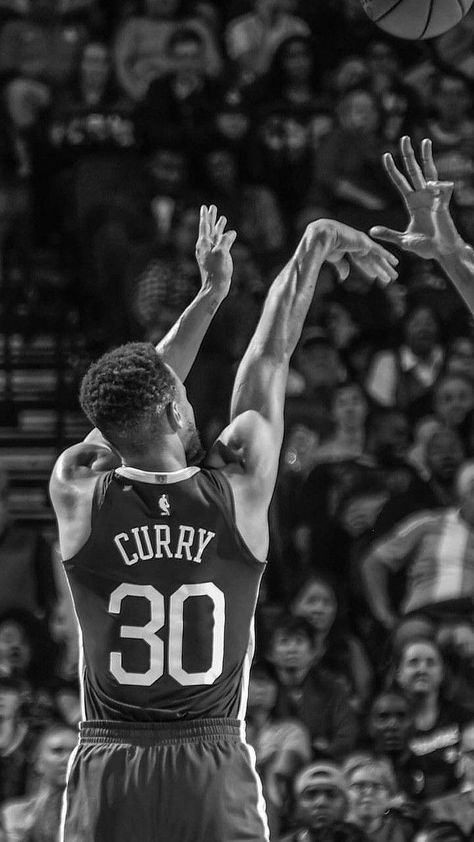 Communication is a key element for defending any type of screen. Always go on the ball side, and fully extend the arm on the side that’s closest to the ball.
Communication is a key element for defending any type of screen. Always go on the ball side, and fully extend the arm on the side that’s closest to the ball.
basketball, coaching, defense, screens
5 Keys to Defending Screens in Basketball
This article was written by Basketball HQ co-founder Kyle Ohman.
Screens are a huge part of the game of basketball. They force the defense to be able to communicate, help, rotate, etc. If the defense is unable to do this at a high-level, it opens up potential breakdowns. The offense will turn the corner, get the mismatch they want, or create for another teammate out of the screening action.
As a basketball coach, your players must be able to guard all of the different screening actions. Whether it is a ball screen, down screen, back screen, or whatever, your team needs to work together to guard the action and then rotate out of it. Being able to do this well doesn’t just happen, though. It first takes teaching your players the correct way to navigate each type of screen, and then it takes quality repetitions working on it with different basketball drills, 2 on 2 and 3 on 3 small games, and also 5 on 5 situations.
It first takes teaching your players the correct way to navigate each type of screen, and then it takes quality repetitions working on it with different basketball drills, 2 on 2 and 3 on 3 small games, and also 5 on 5 situations.
It also takes a certain fight from your team. Not every defensive possession is going to be pretty, and that means that players must fight to get stops. This is especially true when it comes to guarding different screening actions. This defensive basketball coaching article will break down the keys that your team will need to guard screens in basketball. That way, regardless of the type of screen being set or whatever strategy you personally use, they will be able to execute and get stops. Use these five keys with your team basketball defense and teach them how to guard screens at a high-level.
1. Defensive Execution for Defending Screens
- Trust Between Players: Players must do their job when it comes to defending a screen in basketball.
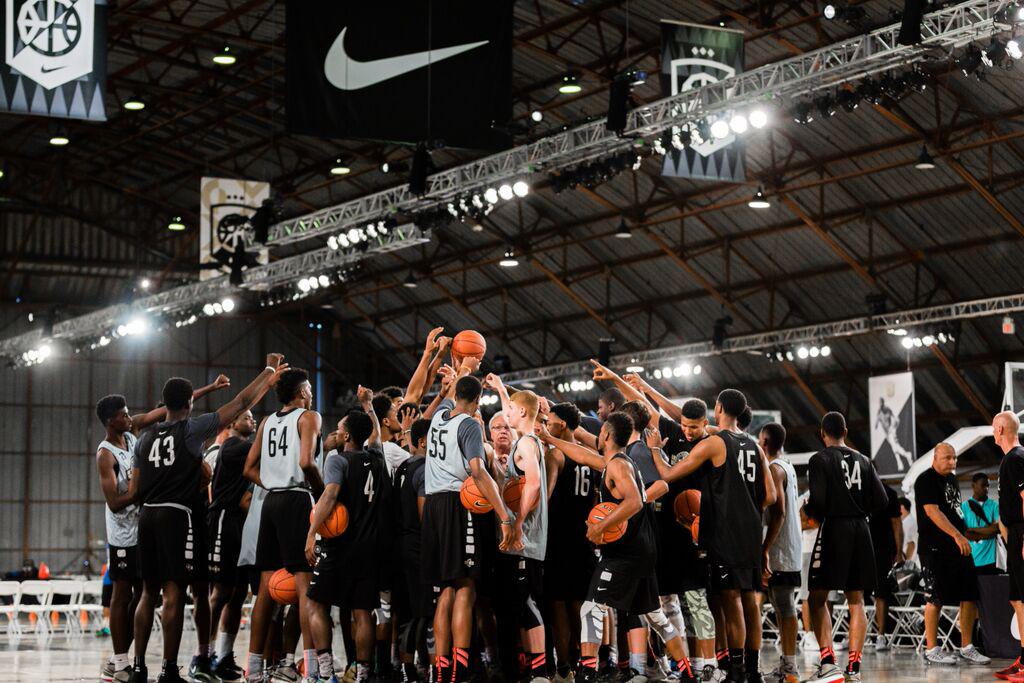 If one does their job, but the other is not where they need to be, it will not work. Every player has a job to do when it comes to guarding a specific screening action, and they need to handle that job effectively to get a stop.
If one does their job, but the other is not where they need to be, it will not work. Every player has a job to do when it comes to guarding a specific screening action, and they need to handle that job effectively to get a stop. - Potential Guard Responsibilities: Depending on how you choose to guard a particular screening action, guards will have different responsibilities. For example, if you are trapping a ball screen, the guard must force the ball handler to the screen. However, if you are icing a ball screen, the guard must deny them access to the screen and force them away from it to the help defender. Guards need to know exactly what they are doing in every situation.
- Force to screen
- Deny screen
- Go under the screen
- Chase
- Etc.
- Potential Post Responsibilities: The other half of the screen is usually going to be a post player because in most cases, when a screening action happens between similarly sized players, the defense can just switch and not much comes of the screening action.
 The post player, just as the guard, has their own set of responsibilities. These responsibilities will also depend on how you choose to guard a specific screening action. Regardless of how you choose to guard it, the post defender needs to know exactly what they should be doing and working in unison with the guard.
The post player, just as the guard, has their own set of responsibilities. These responsibilities will also depend on how you choose to guard a specific screening action. Regardless of how you choose to guard it, the post defender needs to know exactly what they should be doing and working in unison with the guard. - Hedge
- Hard Hedge
- Trap
- Switch
- Soft Show
- Etc.
- Defensive Timing: The defensive players in the screening action must work in sync to negate the screen. For example, if a post player shows early on a ball screen, they will get split on the ball screen. If they show late, they will get driven by. On the flip side, if the guard defender is late following the ball handler, they will allow a split. These are just two examples, but this is true in any defensive action against screens in basketball. Both defensive players must become one to guard the action.
- Guard: Jumping too early to the ball screen allows for refusals.
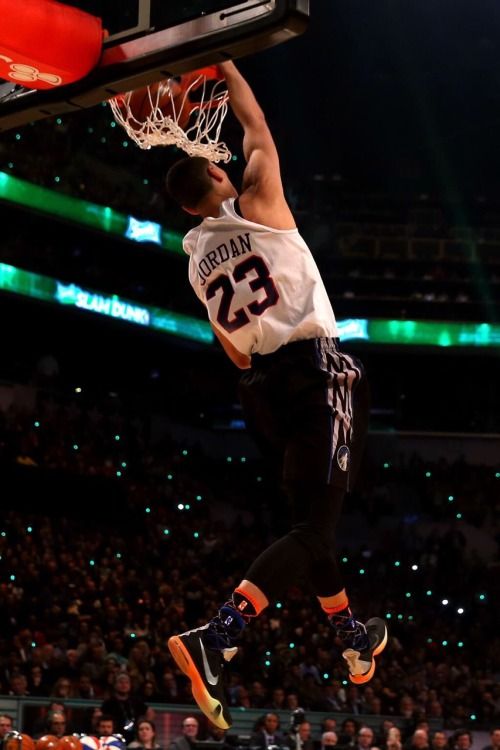
- Posts: Showing too early allows for splits. Showing too late allows for turning the corner.
- Take a Great Angle: Angles are a huge part of basketball, and this is no different when it comes to guarding screening actions. Players need to use their body and take quality angles to cut off the offensive players. The timing may be perfect, but if a good angle is not taken, the offense will get an advantage.
- The post defender must take a great angle when showing on ball screens.
- Force the ball handler away from the basket.
- The guard must force the ball handler to help. Either to the screen or away from the screen if denying.
- Use your chest, not your hands.
- With off the ball screens, it is important that guards and wing players also dictate where the cutter can go if there are multiple screening actions.
- Don’t play defense in catch up mode.
- Defensive Breakdowns: Against a good offensive basketball team, defensive breakdowns will happen; it is just part of the game.
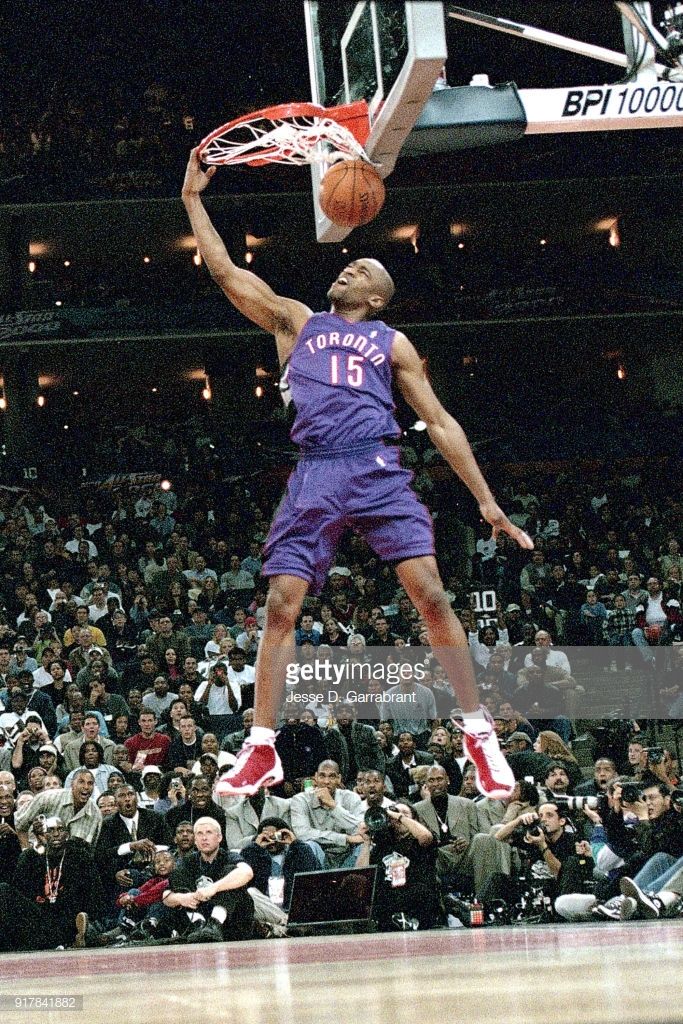 However, that doesn’t mean that it should be an automatic bucket for the offense. Your team defense needs to fight through breakdowns and still find a way to step up and get stops. This has a lot to do with heart and fight, but it also needs to be worked on so that players know how to rotate and help in emergency situations.
However, that doesn’t mean that it should be an automatic bucket for the offense. Your team defense needs to fight through breakdowns and still find a way to step up and get stops. This has a lot to do with heart and fight, but it also needs to be worked on so that players know how to rotate and help in emergency situations. - Get the job done even if there is a mistake or miscommunication between defenders.
- Must use communication to get back on track.
- Emergency switch.
- Get back.
- Etc.
- Fight Through Screens: Timing and angles will be essential to guarding a screening action, but equally important is the defensive mindset when guarding screens. The defensive mindset needs to be to fight through screens (unless your strategy is to switch). Players can’t be getting hit by screens. They need to anticipate the screen and then fight through it.
- Be willing to do whatever it takes to get through the screen.
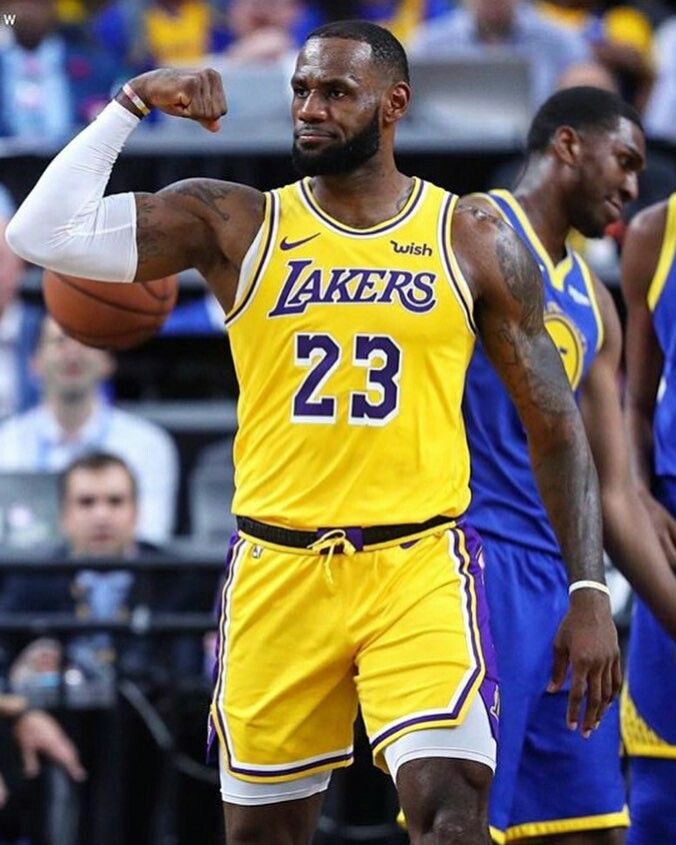
- No excuses.
- Every exchange isn’t going to be pretty, but you can still get the job done if you are willing to fight.
2. Defensive Strategy Against Screens
- Strategy: Depending on your players and the other team’s players, your defensive strategy against certain types of screens will vary. The goal as a team defense is to take away what the offense wants to do. So when guarding different screening actions, it will be up to you as a coach to find the best strategy.
- Defense Strategy Examples: Here are some different defensive strategies for guarding screens and some keys that should be emphasized with your team.
- Take the Same Path
- The defender must lock on to the offensive player and take the same path that they do.
- Cannot get hit by the player setting the screen.
- It may need to be on the offensive player’s outside hip away from the screener to avoid getting hit.
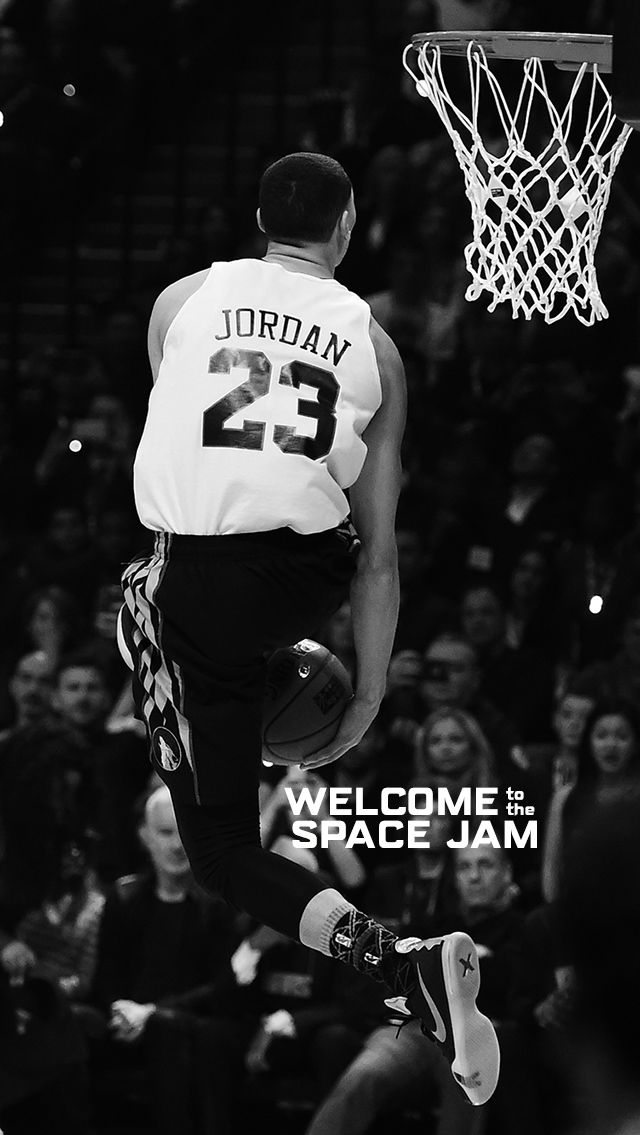
- The player defending the screener needs to be able to bump the cutter or absorb the curl.
- Shoot the Gap
- Cheat under the screen and meet the offensive player on the other side of the screen.
- Be careful against good shooters who can make you pay for going under.
- The player defending the screener in this situation needs to give space for the defender shooting the gap.
- Deny the Screen
- Keep your body in between the offensive player and the screener, force them away from the screen to the help defender.
- Be careful of getting back cut.
- The player defending the screener needs to be in the correct position for the help.
- Be on the Same Page
- Regardless of what strategy you use, everyone must be on the same page.
- This means that you must be willing to spend the time needed in practice to get everyone on the same page.
3. Defensive Scouting Report
Defensive Scouting Report
- Scouting the Other Team: As a basketball coach, the better you can scout the other team, the better you will take away their screening actions. You will be able to see what types of basketball plays and screening sets they like to run, but you will also see how each player uses a screen. For example, one player may be a good shooter, and you must chase them on a screen, and another player may be a driver, and you can go under the screen. This only happens, though, if you are willing to put in the work scouting before though.
- Know the Offensive Player
- Force the offensive players to their weaknesses when using screens.
- This may be a different type of strategy than regularly used.
- You must clearly discuss this before playing so that there are no breakdowns.
- Defending a Shooter
- Chase shooters and make them put the ball on the ground to score.
- Be careful about shooting the gap and allowing them to stop behind the screen to shoot.

- You may need to emergency switch to contest a shot.
- The player switching onto the screener needs to box out.
- Defending a Slasher
- Don’t allow slasher to catch the ball with a driving angle.
- This type of player will look to curl more than use a straight cut.
- The defender guarding the screener needs to bump/hedge cutter.
- Must stay connected to screeners to prevent slips.
4. Defensive Communication
- Communicate Through Screens: You cannot have a good defensive team without communication. It takes all five players on the floor communicating together to get the job done. This is especially true with screening actions. Players must be willing to communicate early, clearly, and often. This will ensure that everyone is on the same page and ready to guard whatever action is thrown at them. Also, it is not just the players in the screening action that are responsible for communicating.
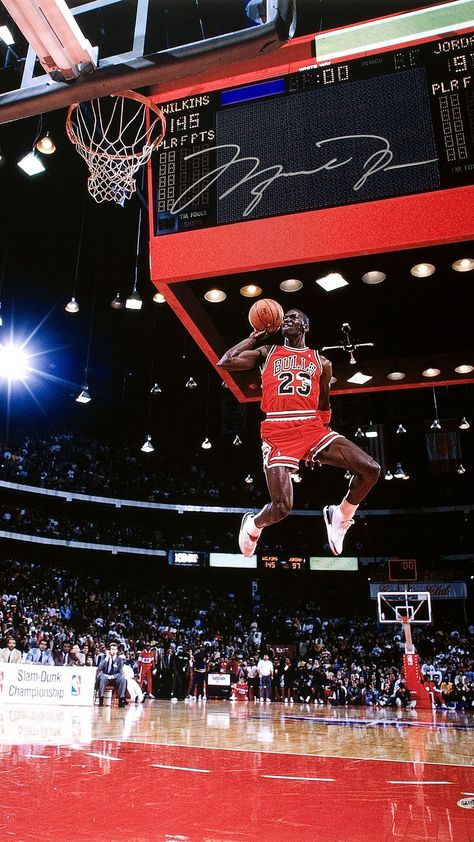 Players in the help need to be communicating as well.
Players in the help need to be communicating as well. - Equal Responsibility
- Players involved in the screening action MUST communicate with each other.
- No player is exempt from having to communicate.
- Use team terminology to help the communication process.
- Example: White = Hedge, Blue = Under, Red = Trap, Black = Switch.
- Come up with your own team terminology, and then make sure everyone is on the same page.
- Backside Communication
- Players in the help must be communicating as well.
- Players guarding the screening action need to know that their help is behind them.
- Use relevant communication.
- “I am in the help.”
- Switch on post role and replace.
5. Ball Pressure and Help Defense
- On the Ball and Off the Ball Defense: A big part of guarding screens effectively are the players not directly involved in the screening action.
 As a team defense in basketball, it can’t be only up to the players involved directly in the screen to get the stop. All five defensive players must be doing their job and working together. When it comes to off the ball screens, a big part of guarding them is ball pressure. The more a defender can disrupt the pass and timing of the pass, the easier it will be for the defensive players involved in the screening action. Off-the-ball help is also going to play an essential role in guarding screens. Whether it is rotating, being a threat to steal a pass, etc., off-ball defenders need to be engaged in the play.
As a team defense in basketball, it can’t be only up to the players involved directly in the screen to get the stop. All five defensive players must be doing their job and working together. When it comes to off the ball screens, a big part of guarding them is ball pressure. The more a defender can disrupt the pass and timing of the pass, the easier it will be for the defensive players involved in the screening action. Off-the-ball help is also going to play an essential role in guarding screens. Whether it is rotating, being a threat to steal a pass, etc., off-ball defenders need to be engaged in the play. - Defending the passer (player making the pass to an off the ball screening action)
- Active hands
- Mirror the ball.
- Don’t allow the passer to sit and read the defense.
- Must also be able to contain the dribble.
- Don’t give up penetration.
- No straight line passes.
- Force the passer to loop their passes.
 This will slow them down and mess up timing.
This will slow them down and mess up timing.
- Help Defense
- Be in the correct position to help.
- Bump cutters.
- Switch if needed.
- Move on the flight of the ball.
- Don’t leave early. This opens up pass fakes, and a good passer will make you pay.
- Be in position, and only move when the ball has left the passer’s hands.
- If you are in a good position and athletic stance, you should get there on the catch.
- Defensive rotations.
- Help the helper.
- Every player must be on the same page to know where they are rotating.
5 Keys to Defending Screens in Basketball Conclusion
The reason that an offense sets screens in basketball is to put the defense in a compromising position. The better an offense is, the more they set screens, move without the ball, etc. So being able to navigate screens and execute against them defensively is a big part of locking up as a team.
The goal of this basketball coaching article was written to give you a template of things that you can work on with your team when it comes to guarding screens. It doesn’t really cover specific types of screens. Instead, it includes basketball fundamentals for being able to guard any type of screen. If your players can master these different keys when defending screens, you will be able to put in whatever specific kind of strategy you want, and they will execute.
Follow Us On Social
Facebook-f Pinterest Twitter Instagram
Latest Content
Share:
Facebook
Twitter
Pinterest
On Trend
Most Popular Posts
Explore more
PSB opened the tenth Street Basketball Center - Kommersant Izhevsk
PSB Chairman Petr Fradkov, Head of Udmurtia Alexander Brechalov and President of the Russian Basketball Federation Andrey Kirilenko opened the Street Basketball Center in Izhevsk.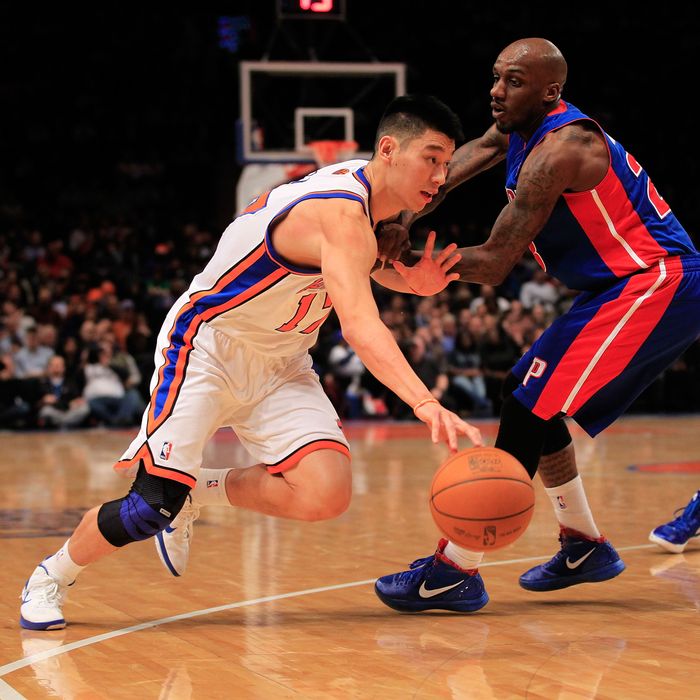 This is the tenth international-class sports facility built as part of the First All-Russian Sports Project "PSB for Children".
This is the tenth international-class sports facility built as part of the First All-Russian Sports Project "PSB for Children".
Previous photo
A photo: Maria Baklanova
A photo: Maria Baklanova
A photo: Maria Baklanova
Next photo
one / 3
A photo: Maria Baklanova
A photo: Maria Baklanova
A photo: Maria Baklanova
The opening ceremony was also attended by PSB Deputy Chairman Konstantin Basmanov, PSB Director of Sports Projects Ruben Begunts, PSB Regional Director in Udmurtia Igor Kudryavtsev, Tokyo Olympic Games silver medalists in 3x3 basketball Kirill Pisklov and Ilya Karpenkov.
The new center will be able to train up to 250 thousand people a year - on an area of 2 thousand square meters. m with all-weather coverage, players have access to five 3x3 basketball courts, equipped with mobile stands for spectators and a zone of outdoor exercise equipment. The sports facility was built in accordance with the regulations of the International Basketball Federation (FIBA), which allows international competitions to be held here.
“The successful experience of sports cooperation between PSB and the regions continues, and today we are opening a Street Basketball Center in Udmurtia. For us, this is the tenth anniversary site in Russia. I am sure that the new center will become a place of attraction for all citizens, and in particular for the younger generation, for whom streetball is especially popular. This is one of the most popular, spectacular and affordable sports, thanks to which millions of our citizens join an active, healthy lifestyle. Modern sports infrastructure within walking distance is what starts great national sports victories, which is why we are developing the PSB for Children project and contributing to the development of children's and mass sports movement in Russia,” said Petr Fradkov.
“Another Street Basketball Center has appeared in Izhevsk, the city where I was born. The Basketball Federation of Udmurtia is very active. And the appearance here of such a center of attraction for basketball fans is logical and necessary: they love our game very much here, and I have no doubt that the courts will constantly be in high demand. It's great that the format adopted by us is starting to work. Serious competitions have already been held in the new Street Basketball Centers in Kaliningrad, Tyumen, and Tula. And it's great that the courts are used not only for the development of mass basketball, but also for professional tournaments,” Andrey Kirilenko said.
“We focused on the development of infrastructure in the cities and villages of the republic. The main task is to ensure that every resident has the opportunity to play sports within walking distance. Over the past five years, we have built over 120 sports infrastructure facilities in Udmurtia, including sports and recreation centers, ice arenas and hockey boxes, ski bases and school stadiums.![]() Clear plans for the next five years have already been outlined. Basketball is popular in the republic, and infrastructure that meets the latest requirements is also being created for comfortable training of athletes. They show good results in all-Russian competitions - the Kupol-Rodniki men's club takes a strong position in the Russian Cup, athletes from Glazov are among the five strongest teams in the country's IES-BASKET school basketball league, ”said Alexander Brechalov.
Clear plans for the next five years have already been outlined. Basketball is popular in the republic, and infrastructure that meets the latest requirements is also being created for comfortable training of athletes. They show good results in all-Russian competitions - the Kupol-Rodniki men's club takes a strong position in the Russian Cup, athletes from Glazov are among the five strongest teams in the country's IES-BASKET school basketball league, ”said Alexander Brechalov.
The First All-Russian Sports Project "PSB for Children" started in 2019. In the course of its implementation, PSB Street Basketball Centers have already been built and opened in Novomoskovsk, Tula, Volgograd, Kaliningrad, Cheboksary, Tyumen, Stavropol, Arkhangelsk, Novokuznetsk, and Izhevsk. By the end of 2022, it is planned to launch the Centers in Orenburg and Nalchik.
Advertising. PJSC Promsvyazbank
Picture of the day
Summary of the lesson "Teaching defensive actions in basketball" | Outline of the lesson in physical education (Grade 10) on the topic:
Lesson in physical education using ICT
Topic: “Teaching defensive actions in basketball”, Grade 10
Purpose of the lesson:
- basketball game using ICT.
![]()
- Activation and systematization of group, individual and team actions in the game.
Lesson objectives:
Educational
- Teaching defensive actions in basketball;
- Improvement of zone protection;
- Improving the development of "feeling the ball and coordinating abilities."
Developmental
- Development of dexterity, speed, coordination movements, sense of rhythm.
- Development of the respiratory, cardiovascular system and improvement of the emotional state of students.
Educational
- Raising a steady interest in physical activity, a sense of collectivism, responsibility, camaraderie in the game of basketball.
Lesson type: learning new material and improving.
Method of implementation: circuit training, frontal, individual, group.
Venue: sports hall at the school.
Inventory and equipment: